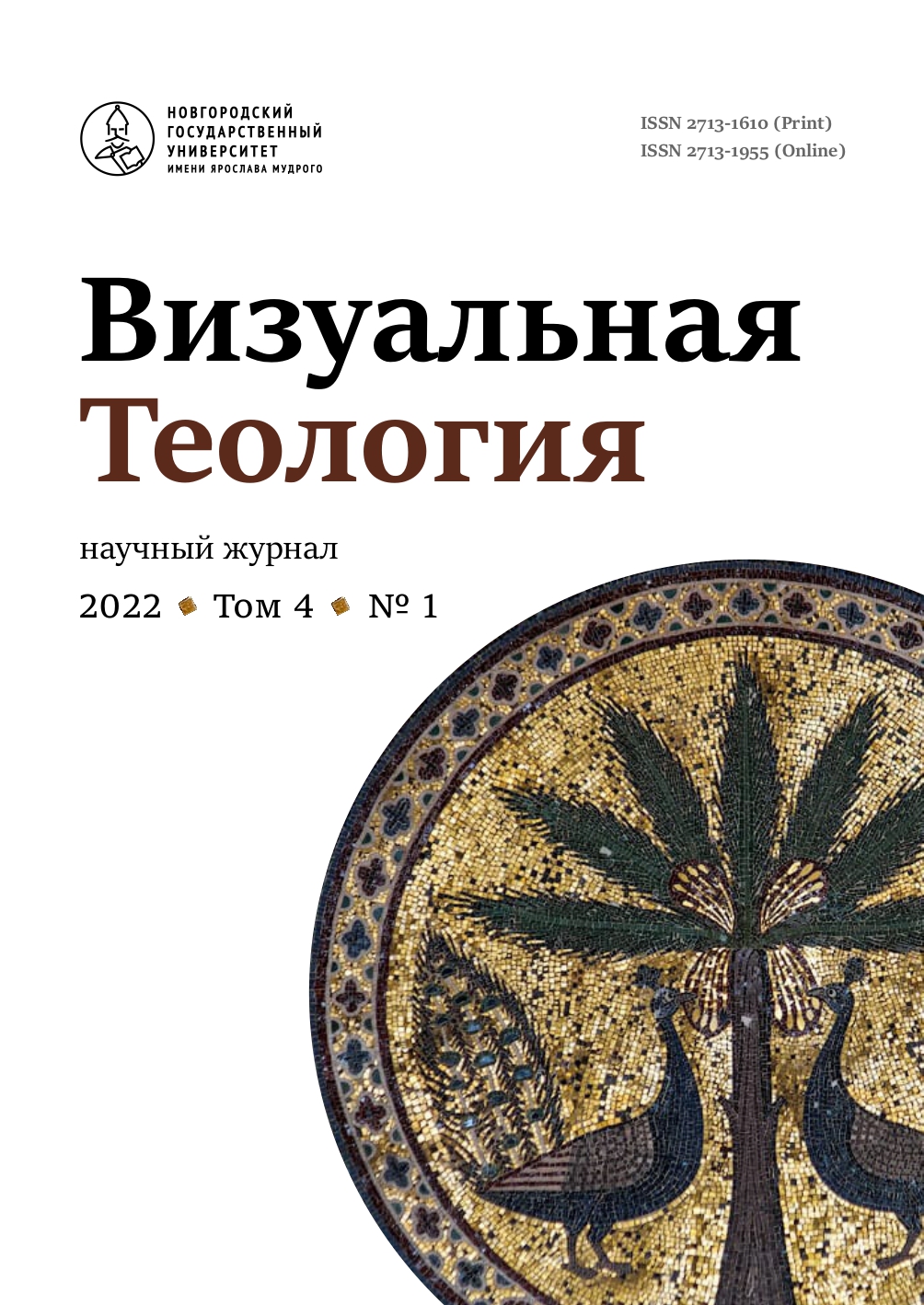Christian Saints in Armor and with a Naked Paramerium: The Image of a Warrior-Confessor in Byzantine Iconography (1). Euphrates Border Zone and Christianity
Abstract
The Euphrates contact zone has been a watershed between microsystems for thousands of years. Here several syncretic religious systems, confessions and heretical movements has been formed. The military settlers played a role of the main ground for most of them: stratiotes, members of their families and their closest environment. It is not a coincidence that from this limitrophic environment most of the warriors confessors came out. Especially famous among them is Centurion Longinus, who pierced Christ’s body with a spear in order to make sure that he died on the cross. The next soldier who believed in Christ was Cornelius the Centurion, the first pagan who did not see Christ. Both centurions were from Cappadocia. The spread of Christianity, thanks to the preaching among the soldiers, took place almost along the entire perimeter of the Roman Empire. Missionary preaching was most actively conducted in Cappadocia, Galatia and Sebastia. Hagiographic tradition mentions many cases of persecution of Christians among the border guards, especially among officers. A typical example is the story of the forty martyrs of Sebaste; at the same time, Gordius, a centurion from Caesarea, suffered for his faith. During the reign of Emperor Maximian, another major Christian military commander, Andrew Stratelates, suffered for his faith in the south of Great Armenia, in the Taurus Mountains, and also, according to Armenian church tradition, another military commander, Sargis the General (Sergius Stratelates), who served in the Roman border units in the Gamerek region (Cappadocia). The most famous warrior confessor was another Cappadocian – George the Victorious. It is noteworthy that there is an external similarity between George the Victorious and the other holy warriors fighting with dragons – Theodore Stratelates and Theodore Tiron. It was the Euphrates frontier that became the locus of the active formation of a new faith. Images of warriors confessors from the Euphrates contact zone became central in Byzantine and Armenian iconography. The article is an introduction to the topic of semiotic interpretation of the iconography of holy warriors in Eastern Christianity.


